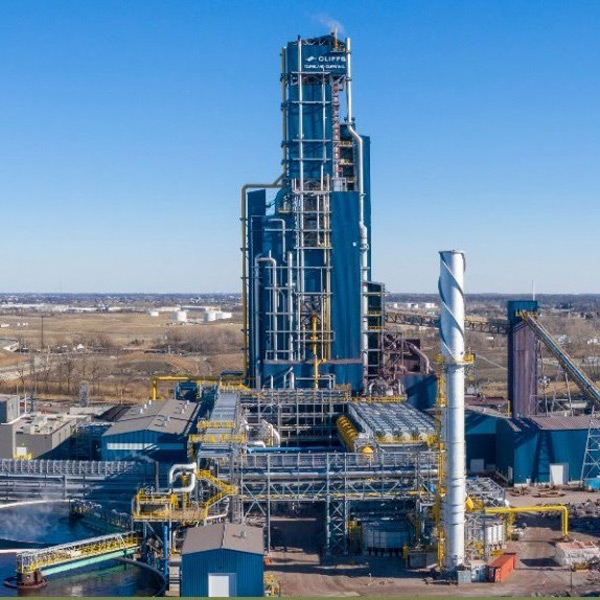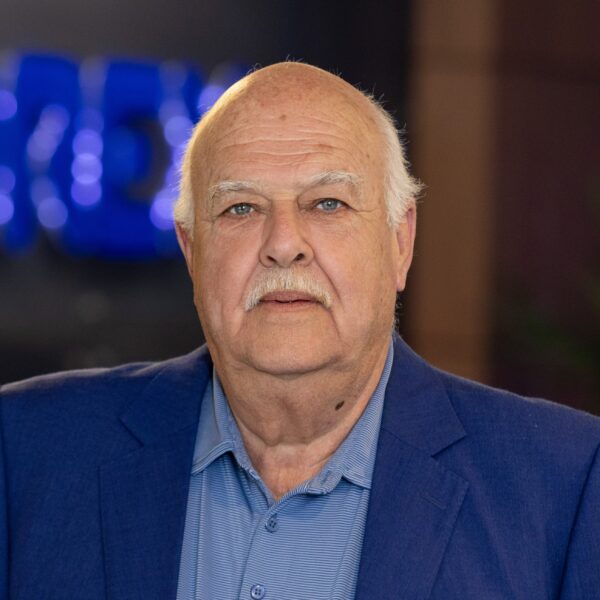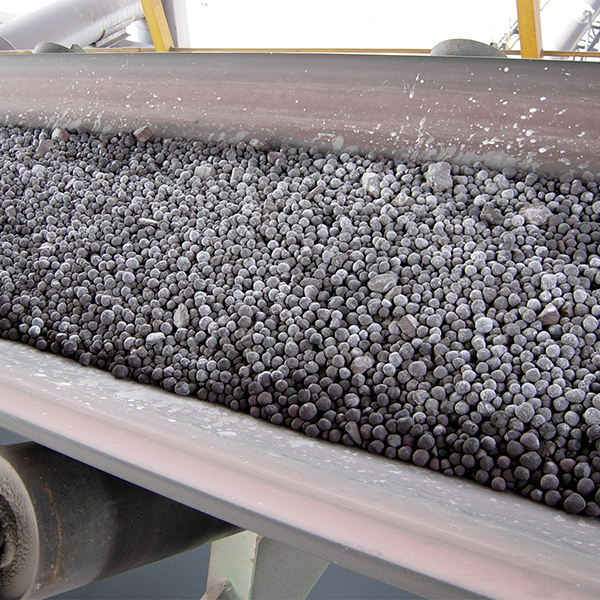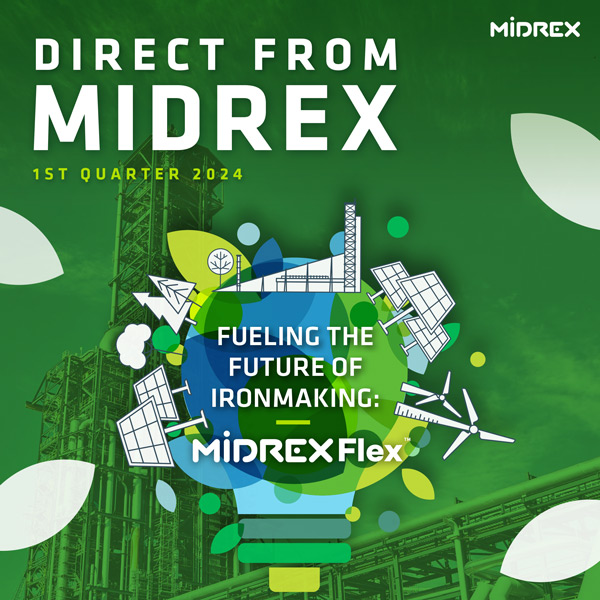TECHNOLOGY SHARING: Technology Transfer the Midrex Way

Following World War II through the 1960s, technology was typically developed by companies with research & development staffs and/or operating experience and “transferred” to other countries through direct investment, foreign subsidiaries, or majority-controlled joint ventures.
However, newly emerging economies in the 1970s, particularly those in the oil-rich Middle East, found that this method of technology transfer did little to enhance national economic development and gave foreign companies too much influence. As a result, a new way of doing business emerged with the primary objective of developing industrial self-reliance through local and regional ownership, operation, and management of companies and plants.
The timing was right for a different type of technology transfer – technology sharing, which Midrex has championed from its earliest days. It involves the direct sale of technical know-how along with related services, such as training, equipment procurement, plant startup and commissioning, operating assistance, and even product marketing. In return, the licensee shares the expertise it develops from plant operations with the licensor, who incorporates it into the body of technology to share with other licensees and use in designing new plants.
The Midrex approach to technology transfer is based on four pillars:
- Keep plant equipment designs and operating procedures as simple as possible
- Provide hands-on training for Midrex engineers and plant operators
- Empower local management and staffs to take responsibility for plant operation and performance
- Encourage open, two-way exchange of technical improvements and operational know-how
What makes Midrex technology sharing so effective is the close cooperation and mutual respect of our engineers and the skilled operators of MIDREX® Plants. From the start, Midrex has recognized the value of first-hand feedback from those involved in plant operations. How else could the first MIDREX Plants have been built and put into production while the process was being fine-tuned at the prototype plant in Portland.
Midrex interacts with its licensees on two levels – technical services and aftermarket solutions. Our Technical Services Group is the “eyes and ears” of the plants, serving as an information clearinghouse and providing feedback on technical questions throughout the year and during the annual International Conference on MIDREX® Technology (a.k.a., Operations Seminar).
Our dedicated aftermarket solutions group, known as Global Solutions (GS), works with plant operators to design and implement improvements to equipment, systems, and methods that optimize operations, enhance product quality, extend plant life, and protect assets and resources. GS projects can range from debottlenecking studies to water systems upgrades, complete shutdowns turnkey, and iron-to-steel (I2S) optimization.
To better serve our global family of operating plants and the growing number of new customers, we have opened a Midrex Gulf Services office in Dubai and an engineering center in India, and our parent company, Kobe Steel, has a group dedicated to the MIDREX Process in Japan. We can now say that “Midrex never sleeps” because someone is always available no matter the time day-or-night.


